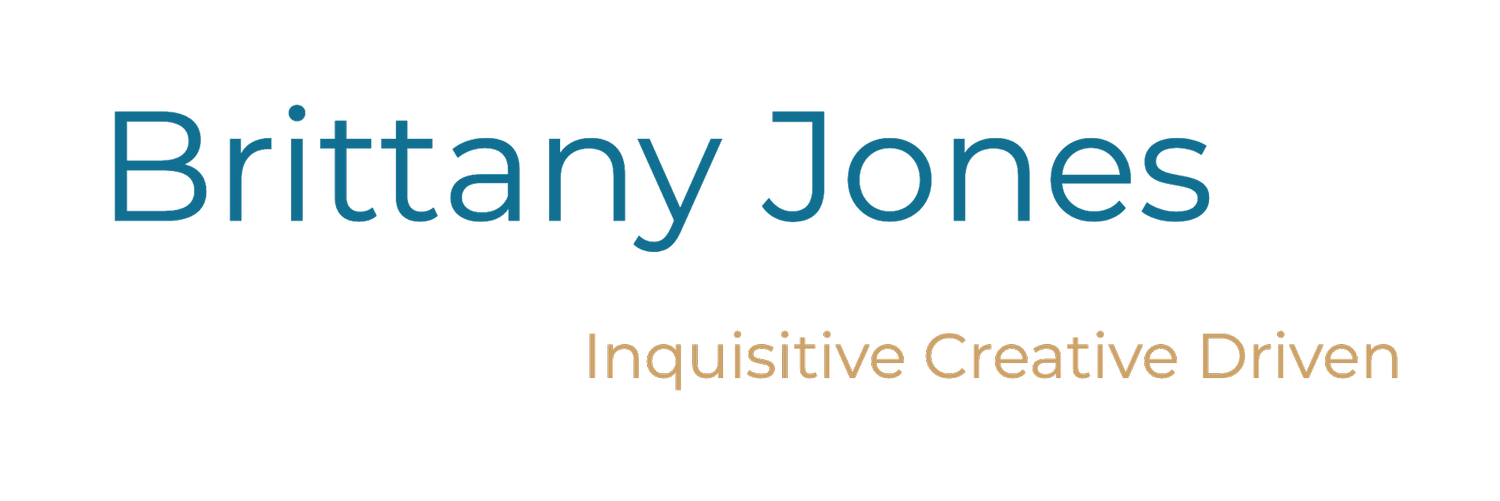Issue
The rise of COVID-19 has led many companies to reinvent how business is done. This includes having employees work from home, slashing budgets, and reducing the workforce to the bare minimum. Because Alight has a long list of clients - many of which are household company names - we wanted to understand how these companies could better assist their employees throughout the pandemic. Alight decided that doing a few COVID-19 studies could help us understand what employees need right now. I identified that a diary study (which was a first for Alight) could help us uncover in-depth knowledge about people’s daily lives, identify areas where they may be struggling, and determine ways employers can aid their employees.
Process
The diary study launched at the beginning of June 2020 and was conducted through one of our survey platforms. A total of 19 people participated in the study. In terms of participants, I decided I wanted input from people in a variety of work situations such as:
People who are working from home
Those who have or are returning to the office
Those who are furloughed
Because there were three different groups, at times some diary prompts were based on their work situation. The study lasted for five weeks and participants had to submit at least two entries per week. I came up with a variety of themes for each week that ranged from:
How finances have changed for participants
Qualities participants will look for in future employers
Identify what helps/hinders their productivity
Below is a timeline of the diary study from start to finish.
Outcome
Through this study I learned that people want and expect to have a more flexible work environment moving forward. Also, some reported that their employer has enacted staggered scheduling; people said this has actually caused more stress and confusion due to everyone being on a different schedule. Other findings included people wanting employers to do more than just provide them with sick hours if they contract COVID-19; wanting more time off to deal with the pandemic, the stress it has caused, and how it’s drastically changed their daily lives. People also said that more communication, whether it’s positive or negative, is always good. They want to know what leadership is thinking about, especially when it comes to the future of the company.
When I shared the findings with stakeholders and leadership, I found that Alight began to implement some of the suggestions users gave into our own organization. For example, Alight began giving people a monthly stipend to apply toward their home internet bill. Alight also started an emergency fund for its employees. This fund is for anyone who may need additional financial assistance because of COVID-19 (i.e. spouse is furloughed, contracted COVID-19, etc.). Because these findings and suggestions were also shared with our clients, many of them have taken on a more active role in assisting their employees through COVID-19. Some are giving employees the option of working in the office or remaining remote. Some companies have started paying for dental and vision insurance as most people currently cannot see these doctors. Overall, this test was full of important and groundbreaking feedback that has allowed Alight and other companies to hear what their employees want and assist them through a global pandemic.


